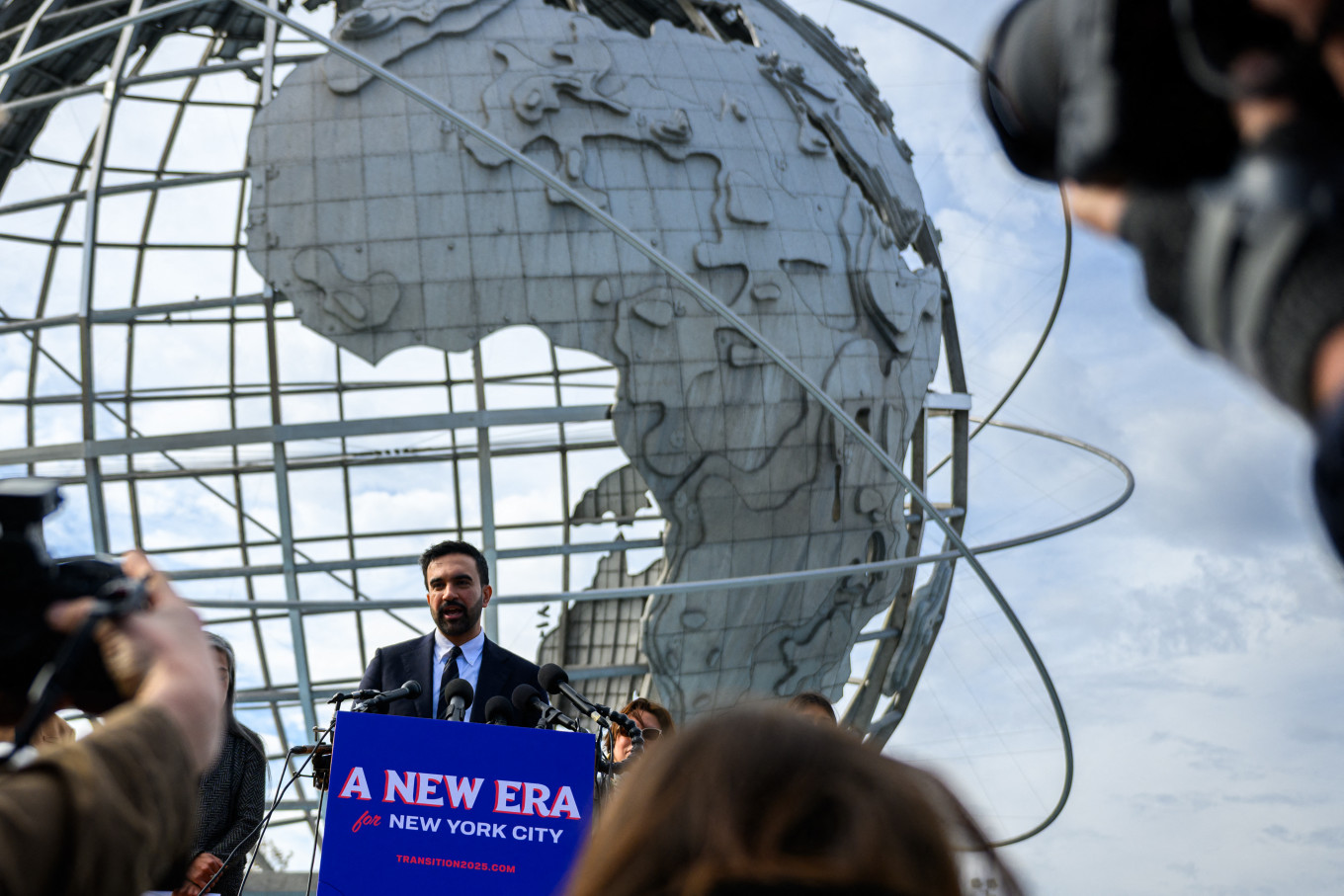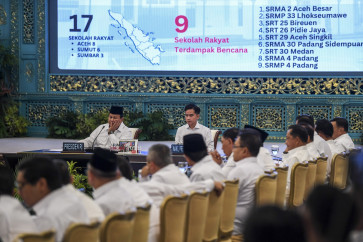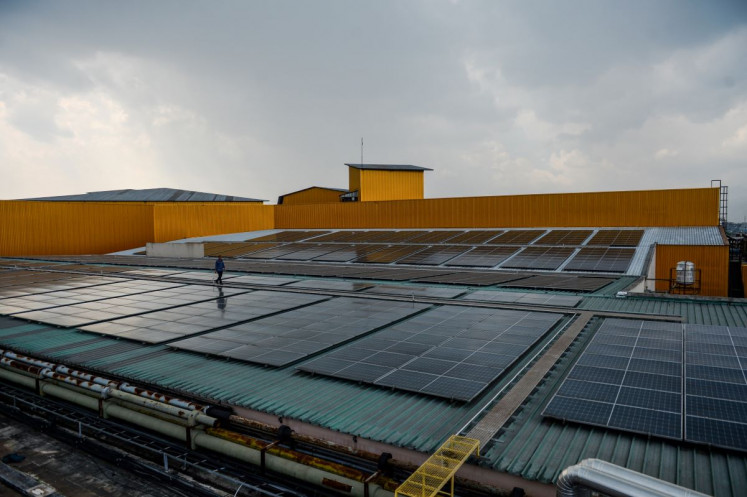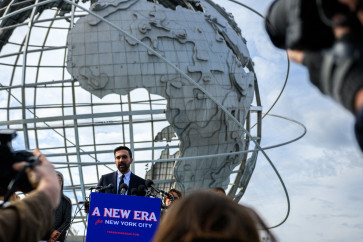Popular Reads
Top Results
Can't find what you're looking for?
View all search resultsPopular Reads
Top Results
Can't find what you're looking for?
View all search resultsZohran Mamdani and the reshaping of urban space pricing
The high cost of living in cities is not the result of neutral market dynamics. It comes from power structures that privilege landowners and property capital.
Change text size
Gift Premium Articles
to Anyone
T
he struggle over a city is, at its core, a struggle over the price of space, over who gets to stay, who is pushed out and who benefits from rising land values. Zohran Mamdani’s victory as mayor of New York City, in the United States, brings this issue back to the center of public debate.
He rejects the assumption that rising rents, gentrification and displacement are natural outcomes of urban growth. For him, these patterns, visible in nearly every major city, including Jakarta, stem from the political configuration of urban land: how it is allocated, who is prioritized and who bears the cost of development.
The significance of Mamdani’s leadership does not lie in the symbolic fact that he is the first Muslim to hold the office, nor in his ability to galvanize young voters. What sets him apart is the way he reframes a basic premise rarely questioned in mainstream urban policy: The high cost of living in cities is not the result of neutral market dynamics. It comes from power structures that privilege landowners and property capital.
This view is central to his proposal for a rent freeze. Mamdani does not present rent freezing as an ultimate solution. It is an intervention to slow down rent escalation that consistently outpaces the income growth of residents. The freeze applies to existing rent-stabilized units rather than new developments, meaning it does not interfere with housing construction or discourage developers from adding new supply.
The goal is to prevent forced displacement, the mechanism through which gentrification begins. The freeze acts as a social stabilizer, protecting long-term residents from being priced out of neighborhoods whose rising land values they had no part in shaping.
In many major cities, rent increases are driven not by improvements in public services or neighborhood quality, but by speculation and concentrated land ownership. A rent freeze provides a pause in this dynamic, ensuring that those who already live in the city are not pushed out simply because the land beneath them becomes more profitable for someone else.
Critics often invoke the memory of New York’s 1970s fiscal crisis, when declining tax revenues and suburban flight left the city unable to service its debts. The Emergency Financial Control Board responded by cutting public services and allowing urban decay to spread. From that moment, state intervention became associated with inefficiency and fiscal burden.



















